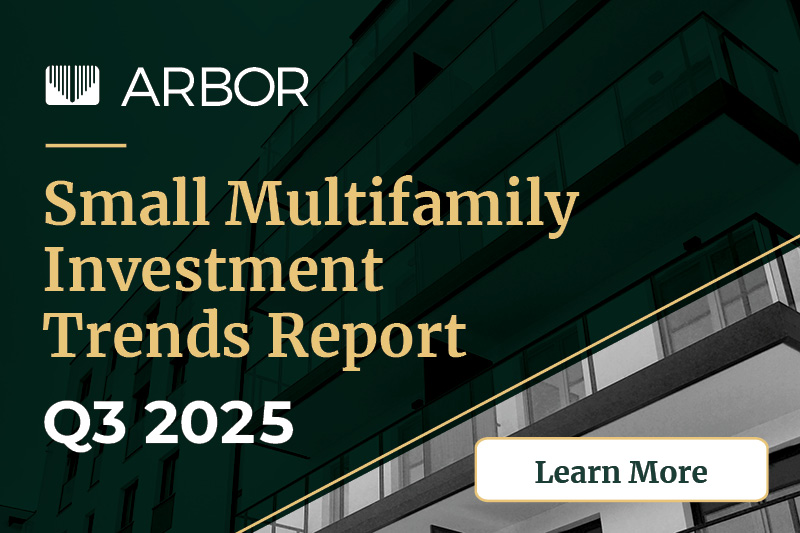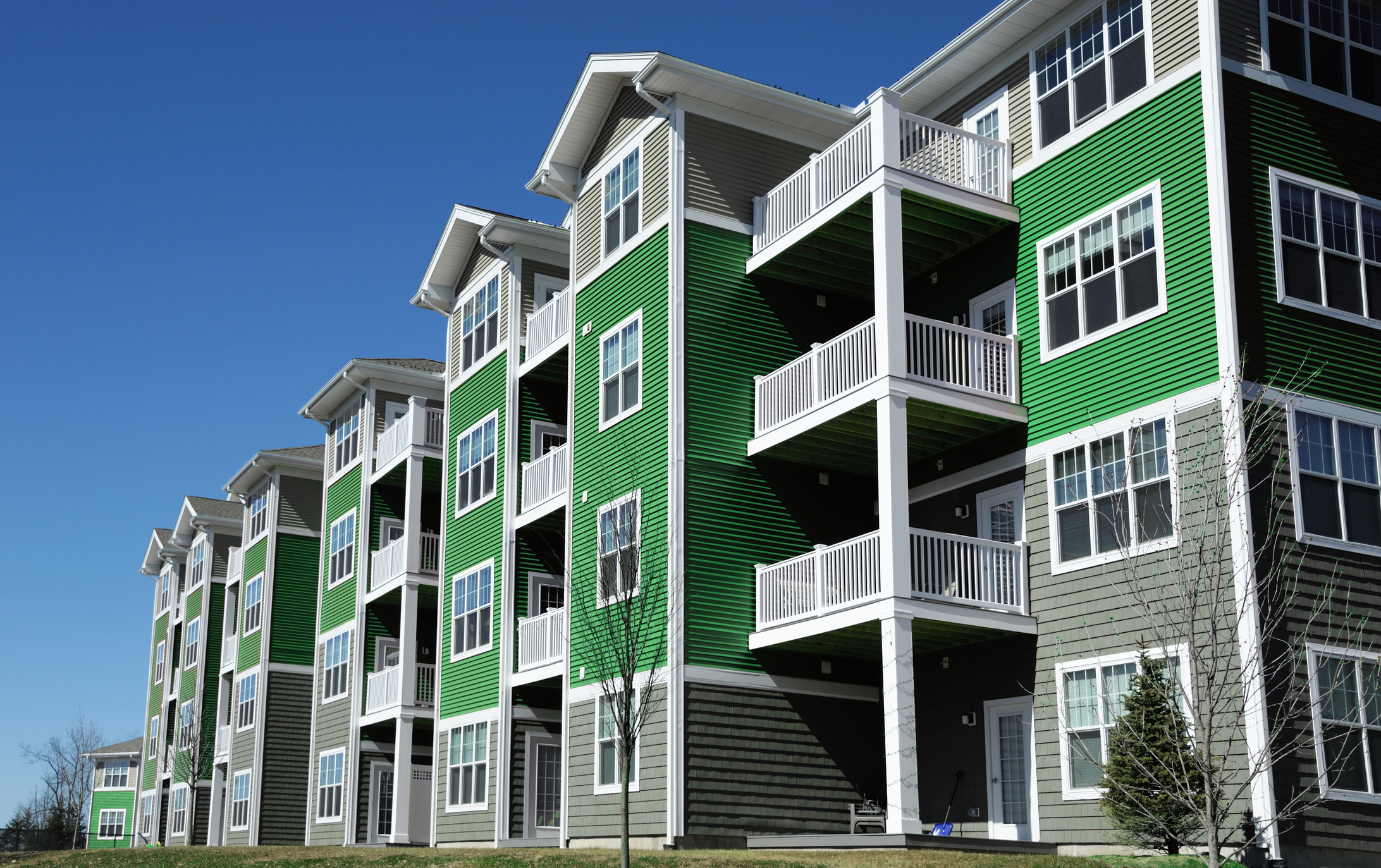Arbor’s Single-Family Rental Investment Trends Report Q3 2025 documents the increasing strength and resiliency of the sector as it transitions to stable growth after a long period of rapid expansion. Rent growth remained positive last quarter, pushing up property-level yields as robust build-to-rent (BTR) construction activity continued to boost supply to a marketplace in need of quality rental housing.
The Most Active Markets for New Multifamily Development in 2025

After the volume of multifamily permits fell nationally in 2023 and 2024, this year is on pace to be a year of stabilization for multifamily development. According to the U.S. Census Bureau, out of the top 100 largest U.S. metros by population, 47 had more multifamily permits through the first six months of 2025 than they did over the same period last year. Driven by strong underlying multifamily demand, attractive investment opportunities are leading to rebounding construction pipelines. As multifamily permitting rises, we explore the markets where new permits issued are most concentrated and where construction activity is gaining momentum.

Small Multifamily Investment Trends Report Q3 2025

Arbor’s Small Multifamily Investment Trends Report Q3 2025, developed in partnership with Chandan Economics, examines the factors behind the continued upward trajectory of the sector amid an ongoing capital markets recalibration. Several of its core performance metrics, including valuations, originations, and credit standards, have shown measurable improvement as a multifamily market-wide normalization takes shape. Supported by strong fundamentals, small multifamily stands tall despite economic uncertainty.

Top U.S. Multifamily Rent Growth Markets — Q2 2025

As was the case during 2024, the top rent growth markets through the first half of 2025 represented several regions, all with varying strengths and characteristics.

U.S. Multifamily Market Snapshot — August 2025

The U.S. multifamily market stood on the cusp of a new cycle at the halfway point of 2025, as demand continued to be driven by favorable demographic trends and a structural need for housing.

Small Multifamily Continues Steady Price Growth

Small multifamily valuations realized positive year-over-year growth in the second quarter of 2025, demonstrating the sector’s ongoing resilience in an unsettled economic environment. Steady rent growth, improving operating expense ratios, and stable cap rates helped move price growth into positive territory.

Metro-Level SFR Rent Growth Trends in the First Half of 2025

Albany, NY, and many other affordable mid-sized metropolitan statistical areas (MSAs) outpaced the national rent growth average for single-family rental (SFR) properties in the first half of 2025, according to an analysis of Zillow’s Observed Rent Index, which tracks the 100 largest markets in the U.S.


